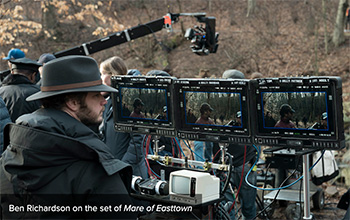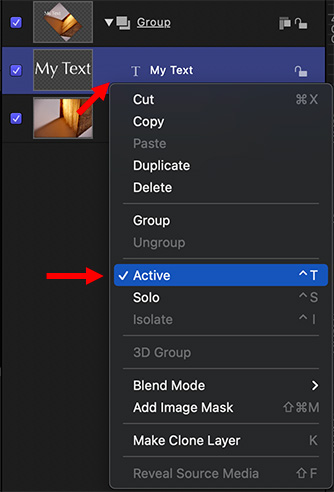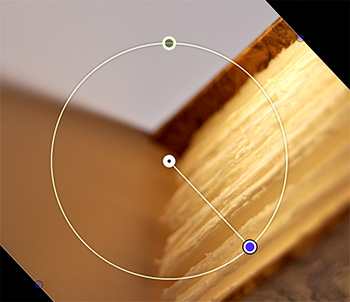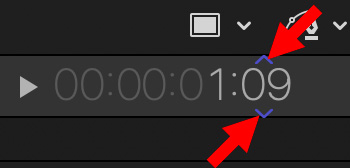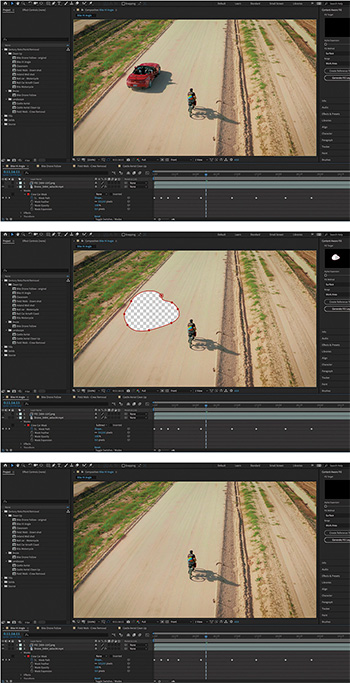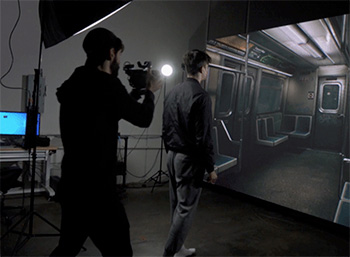… for Apple Final Cut Pro X
Tip #1713: Apple Updates Final Cut Pro
Larry Jordan – LarryJordan.com
The latest version includes new Browser and search features.
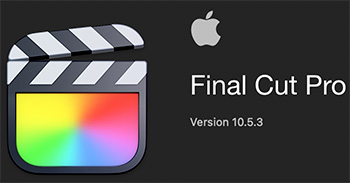

Last week, as part of updates to all their media applications, Apple updated Final Cut Pro to version 10.5.3. The new version improves the Browser, metadata and search, as well as quashing a variety of bugs.
Here’s the complete list of new features and fixes, as released by Apple:
- Create and edit custom column views with the new column editor.
- Search for media in the browser using expanded criteria including clip names, markers, and notes.
- Sort clips in the browser according to type, including proxy, optimized, and missing media.
- Fixes an issue where adjusting audio keyframes on one side of a blade edit shifts keyframes unexpectedly on the other side.
- Restores support for copying clips from the Finder and pasting into the timeline.
- Improves stability when copying events in the browser to a library stored on an external hard drive.
- Fixes an issue in which the timeline index was not displaying active angle information for multicam clips.
- Fixes an issue where Canon Cinema RAW Light and RED RAW media could not be imported if a camera card was mounted when launching Final Cut Pro.
- Improves reliability when importing an FCPXML file with missing media.
- Fixes an issue with the Color Mask in which dragging to select a range with the eyedropper did not display the selection circle.
- Improves reliability when using the Select Next Clip command.
- Improves reliability when app switching to Final Cut Pro with an external hard drive connected.
- Improves reliability when quitting Final Cut Pro during a background render.
- Improves stability and performance when working with multicam clips that contain corrupt media.
- Fixes an issue in which audio waveforms would sometimes not update when using the Trim tool to perform a slip edit.
Here’s a link to Apple’s Release Notes for Final Cut Pro.


